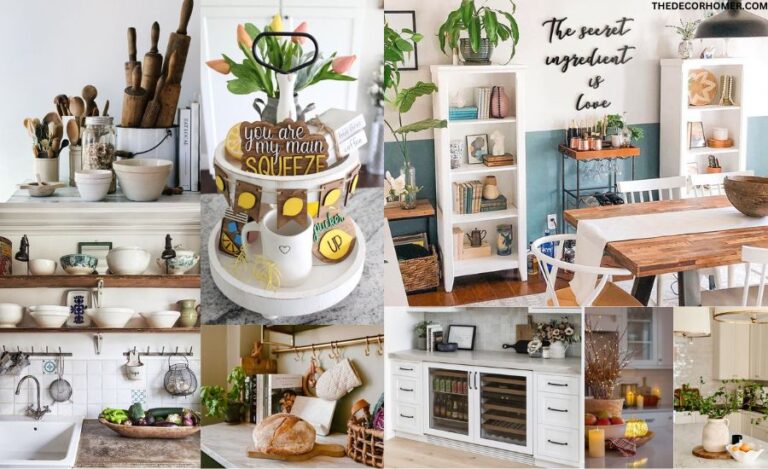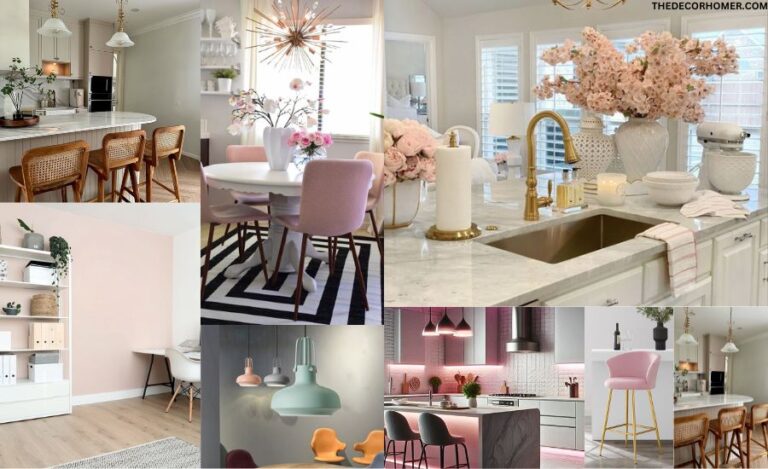How To Decorate My Living Room? – 20+ Ideas You’ll Love!
Are you ready to transform your living room into the cozy, stylish space of your dreams?
If the answer is yes, you’re in the right place!
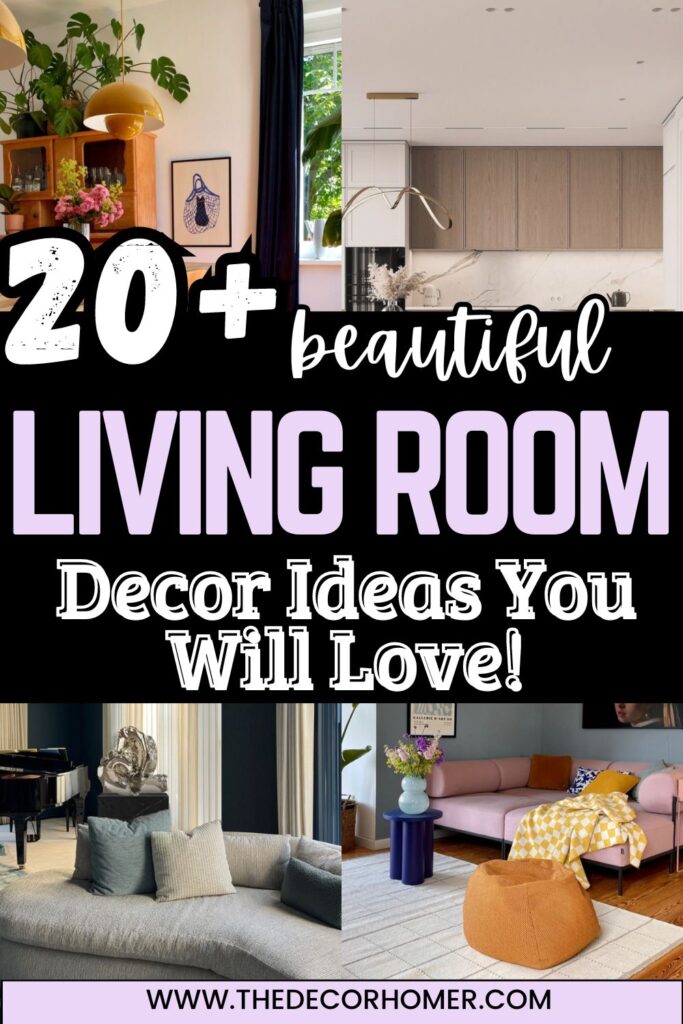
Decorating can be overwhelming, but with a little planning and some inspiration, you can create a living room that reflects your personal style and preferences.
Today, we’ll walk through the steps to decorate your living room from start to finish.
So grab your measuring tape, and a writing pad……let’s get started!
15 Ways Decorate My Living Room
1. Determine Your Style And Design Goals

Before you start shopping for furniture and decor, it’s important to have a clear idea of what you want your living room to look and feel like.
Take some time to think about your personal style, as well as what the overall arrangement would be like.
Do you prefer a modern, minimalist look? Or are you drawn to more traditional, cozy styles?
Consider the colors, patterns, and textures that appeal to you.
Then, think about how you want your living room to function.
Do you need plenty of seating for entertainment?
Or do you want a space that’s more focused on relaxation and solitude?
To help guide your decorating decisions, make a list of your design goals and priorities.
You might want to consider factors such as budget, functionality, and the overall look and feel you want to achieve.
Having a clear idea of what you want will make decorating easier and more practical.
2. Measure Your Space And Create A Floor Plan

Once you have a clear idea of your style and design goals, the next step is to measure your living room and create a floor plan.
This will help you visualize your furniture layout and ensure that you choose pieces that fit your space to perfection.
To create a floor plan, start by measuring the length and width of your living room, as well as the height of your windows and any other important features.
Use graph paper or a floor planning tool to draw a rough outline of your room, including the placement of doors, windows, and any fixed features such as fireplaces or built-in shelving.
Next, consider the size and scale of your furniture.
Make sure to measure each piece and use your floor plan to visualize how it will fit in your space.
Think about traffic flow and the placement of outlets and other functional elements.
You may want to sketch out a few different furniture layouts to find the one that works best for your space.
Remember, your floor plan is just a starting point.
You can always make adjustments as you go along and try out different furniture arrangements.
You can continue this until you find the one that works best for you.
3. Choose A Color Scheme
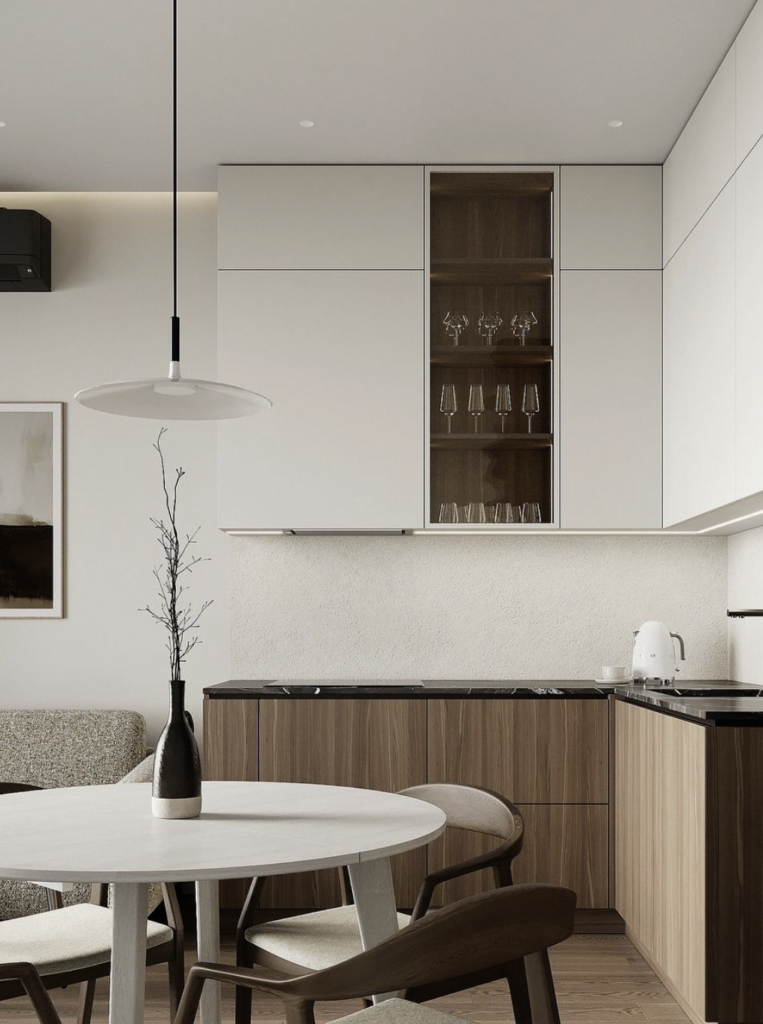

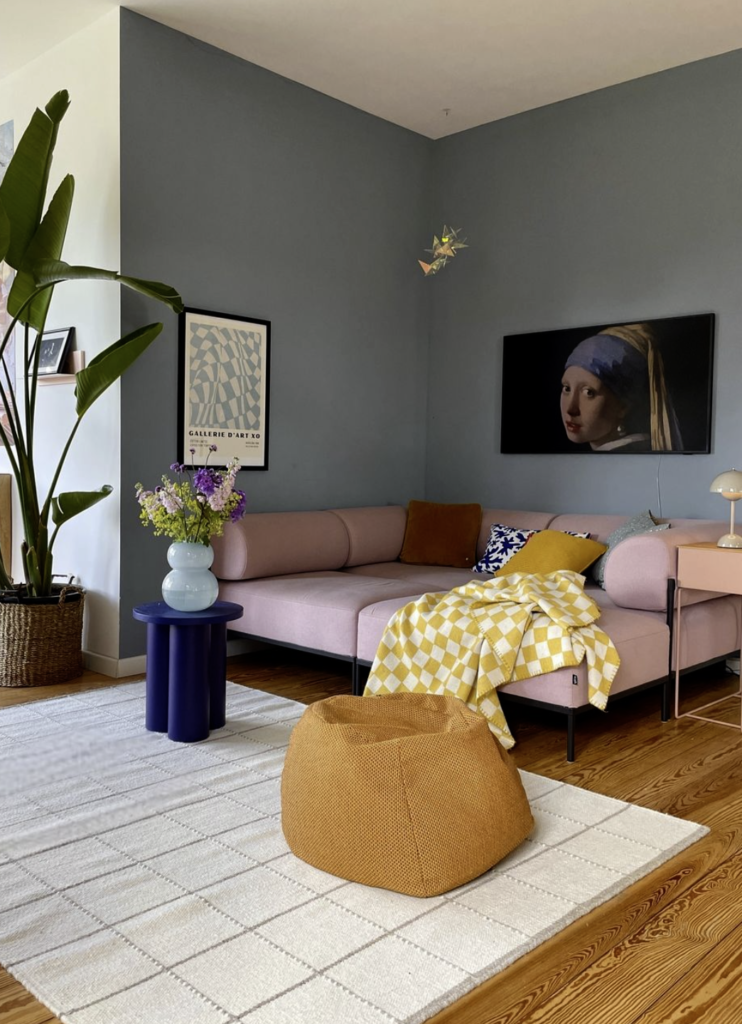
To choose a color scheme for your living room, consider your personal style and the overall look and feel you want to create in the space.
You can choose a single color as the dominant hue and use shades and tones of that color throughout the room.
Likewise, you can select a range of colors to use in your palette.
A color wheel can be a helpful tool in selecting a color scheme.
In case you’re wondering, it shows you how different colors relate to each other and which ones are harmonious.
For example, colors that are opposite each other on the wheel, such as blue and orange, are typically considered to be complementary.
You can also use the color wheel to create a monochromatic color scheme, which uses different shades and tones of a single color, or an analogous color scheme, which uses colors that are next to each other on the wheel.
Remember to also consider the lighting in your living room.
It can affect how the colors appear.
Natural light, artificial light, and the time of day can all influence the appearance of color in a space.
4. Choosing Furniture Pieces And Decor


When picking furniture pieces for your living room, it’s crucial to consider your personal style and the overall feel you want to achieve.
Keeping in mind the decor, pick your types of furniture.
Also, consider the size and scale of the pieces according to the size of your room.
Make sure to measure your space and consider the layout and traffic flow in the room.
You may want to use a 3D mock-up to visualize how the furniture will fit and look in the space.
In terms of decor, think about the colors, patterns, and textures that you want to include in the room.
Mixing and matching styles can be a great way to create a personalized look.
However, be sure to consider how the different elements will work together and create a cohesive design.
Don’t be afraid to get creative and have fun with your furniture and decor choices.
The most important thing is to choose pieces that reflect your style and make you feel comfortable and at home in your living room.
5. Add Layers Of Texture And Interest

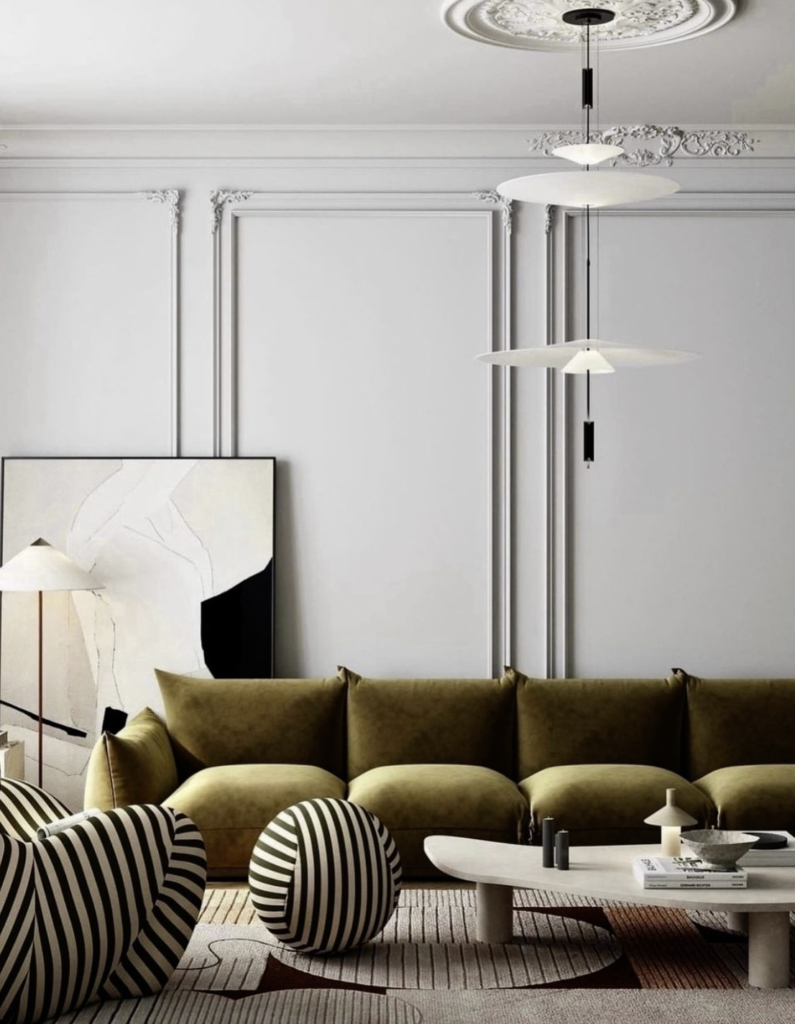
Using layers of texture and interest is a great way to add depth and dimension to your living room design.
There are many ways to incorporate different textures, patterns, and finishes into your space, including-
6. Add Rugs
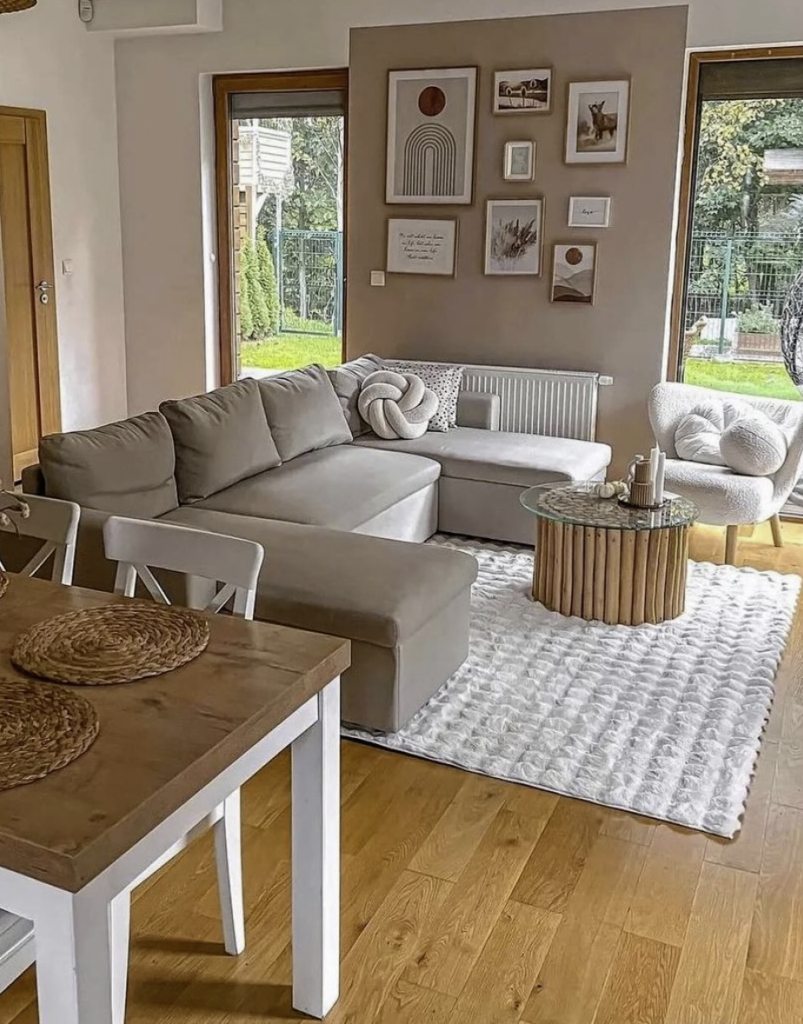
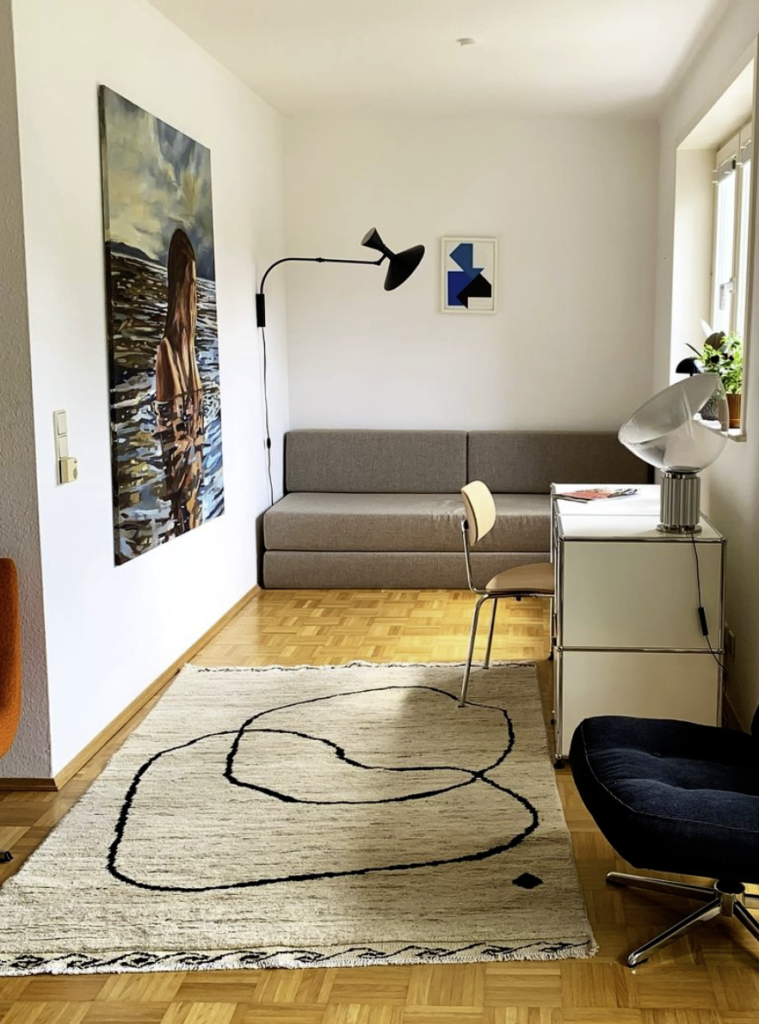
A rug can add warmth and texture to a room. Also, it can be used to define a specific area or anchor a furniture grouping.
7. Throw Pillows And Blankets

These accessories can add pops of color and texture to your living room and can be easily swapped out to update the look of your space in the future.
8. Window Treatments
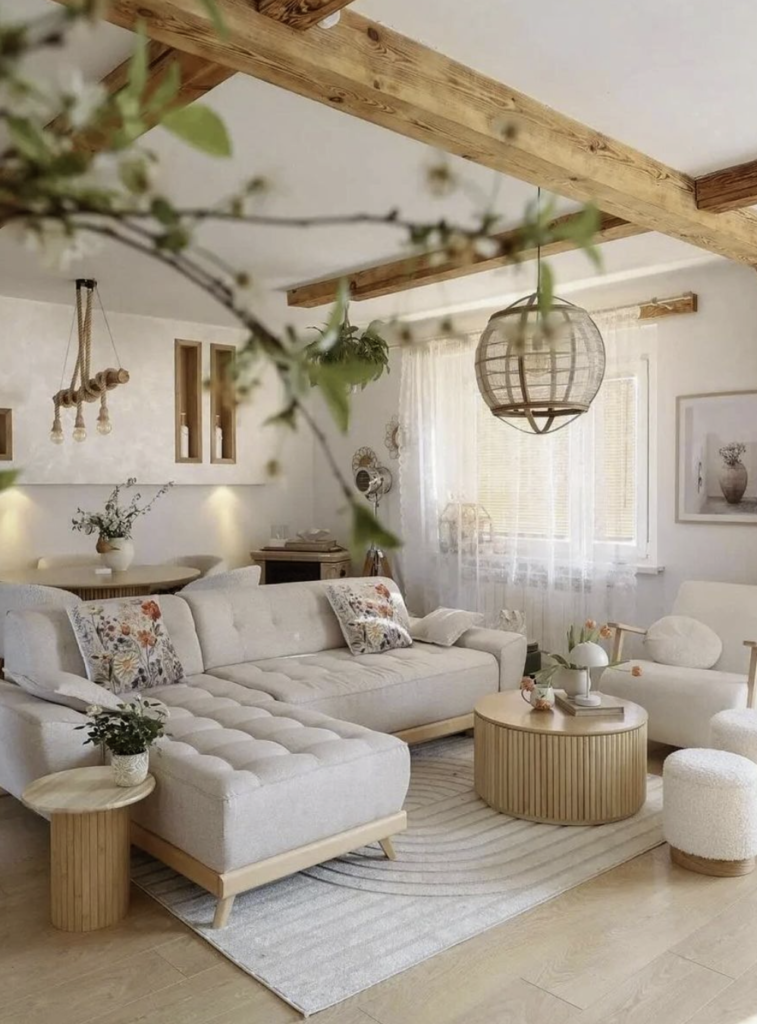

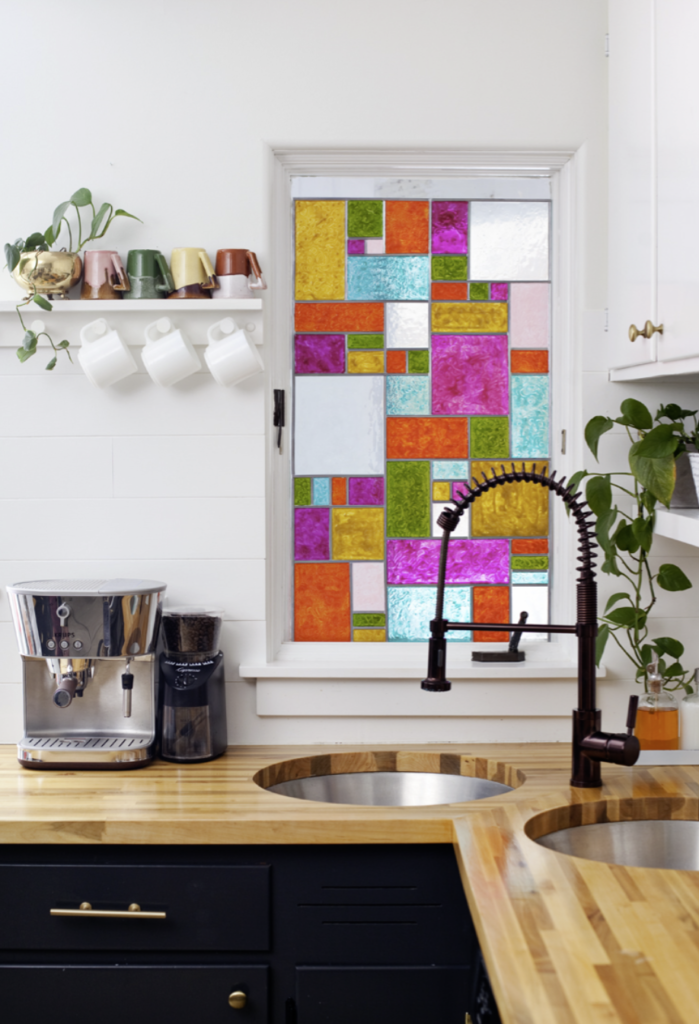
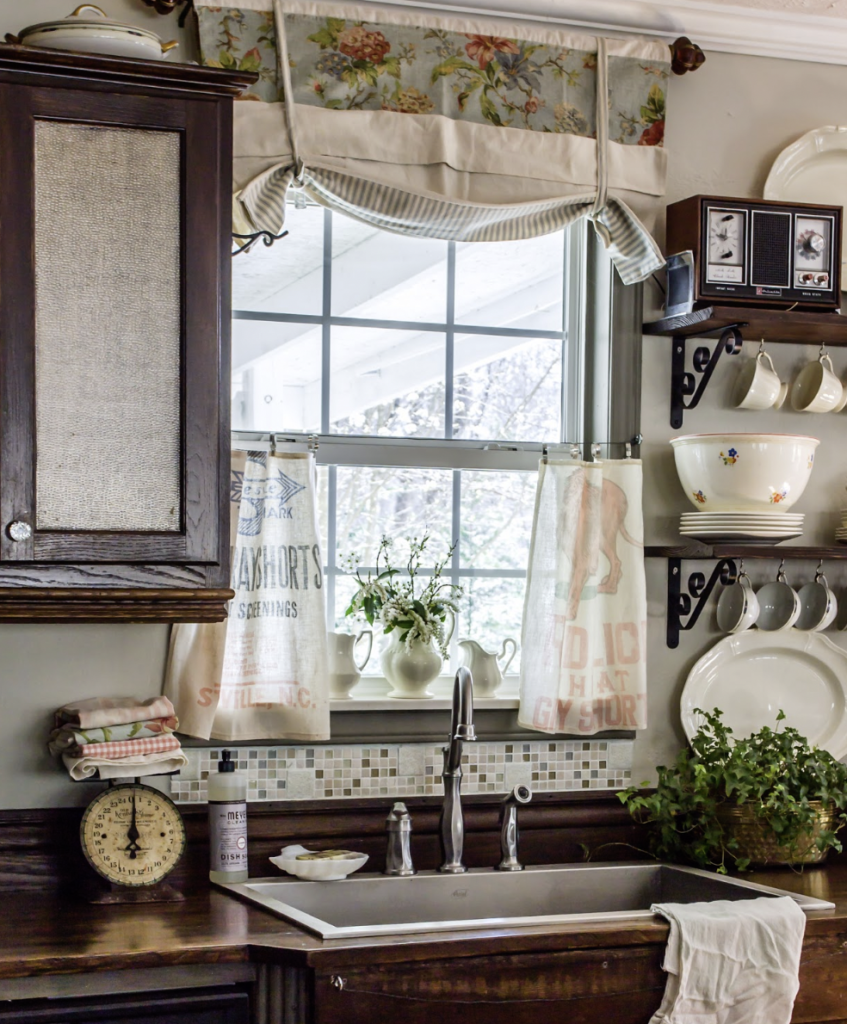
Curtains, drapes, and blinds can all add texture and interest to your windows.
9. Put Wall Coverings

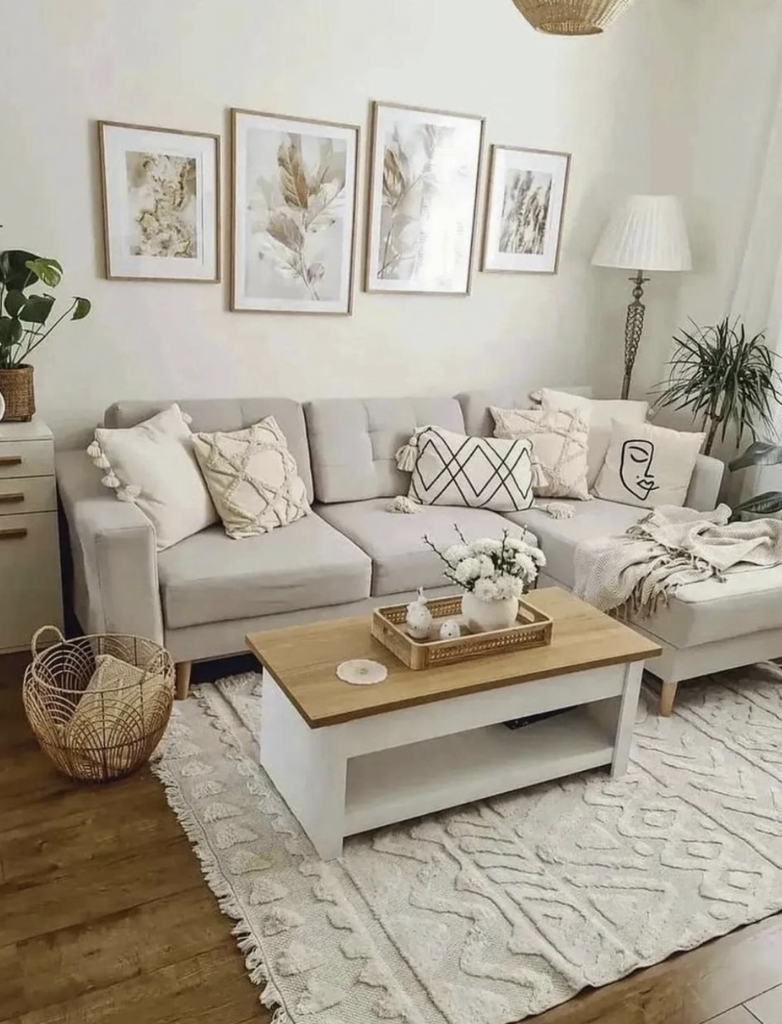
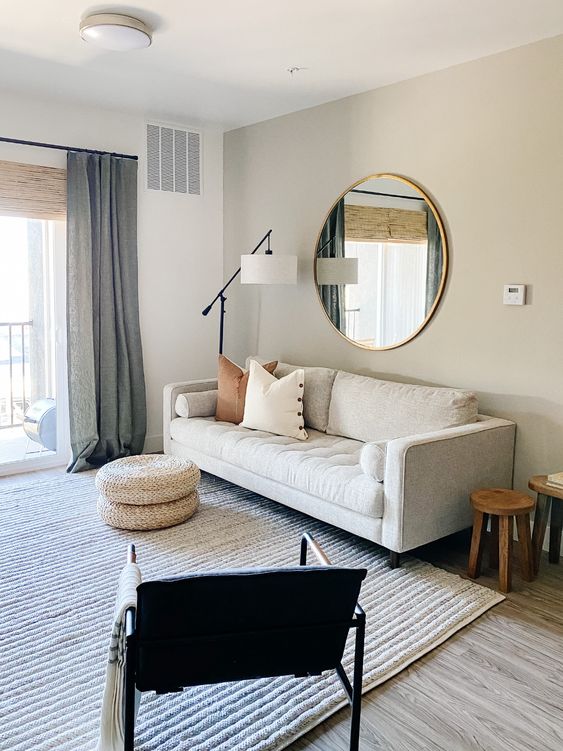
Shelves, Collage Pictures Gallery, Wallpaper, paneling, mirror or other wall coverings can add texture and visual interest to your walls.
10. Choose Fabrics
Using different fabrics on your furniture, such as a plush velvet couch or a linen-covered chair, can add texture and interest to the room.
11. Opt for Accessories


Decorative items such as vases, sculptures, and candle holders can add interesting elements to your living room.
12. Give A Touch Plants

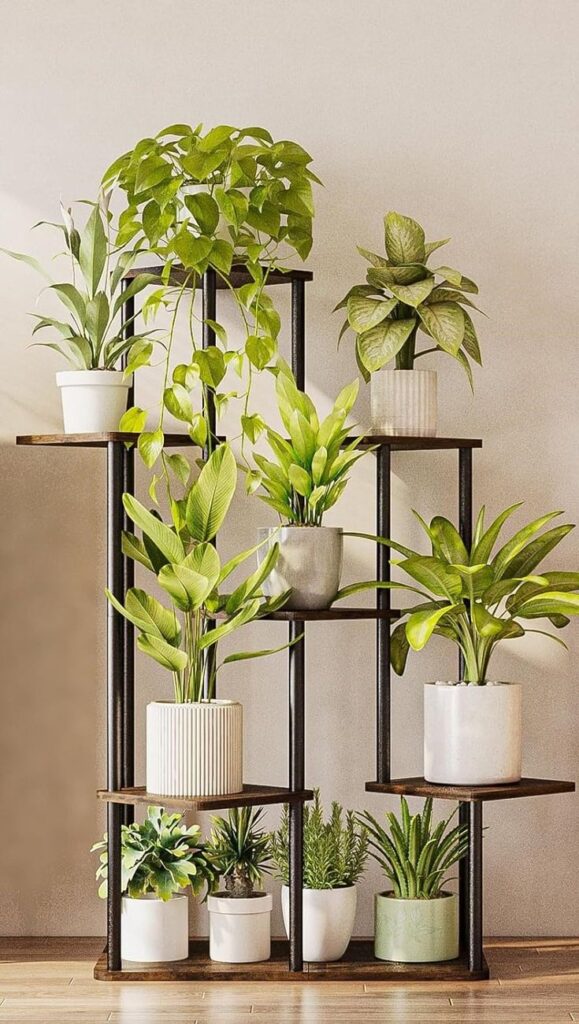
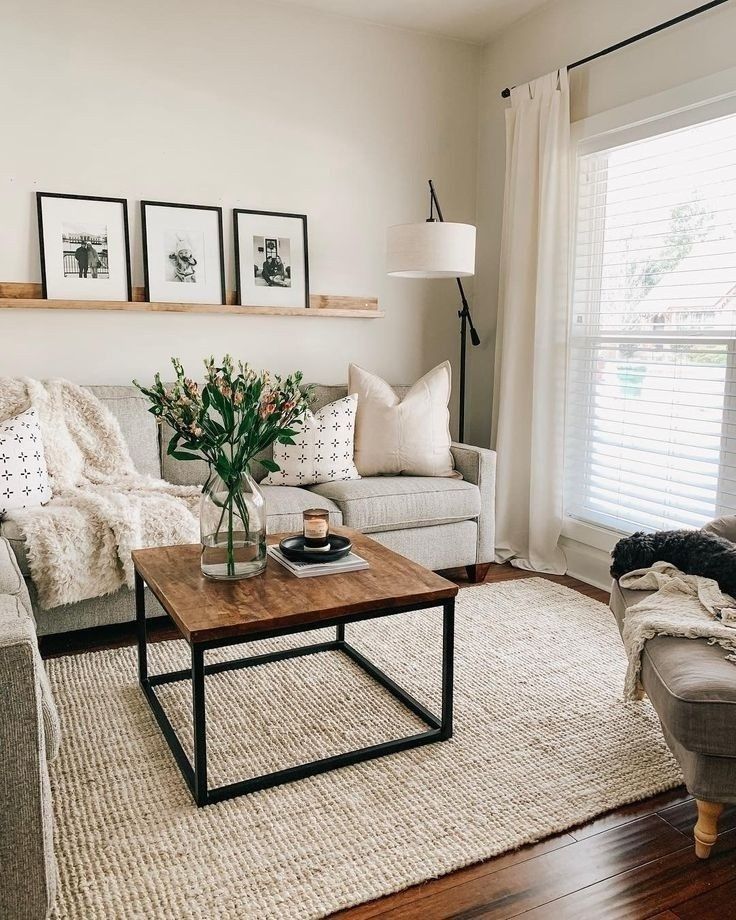
Adding a few plants to your living room can bring life and color to the space. Choose plants that suit your lighting conditions and are easy to care for.
13. Artwork

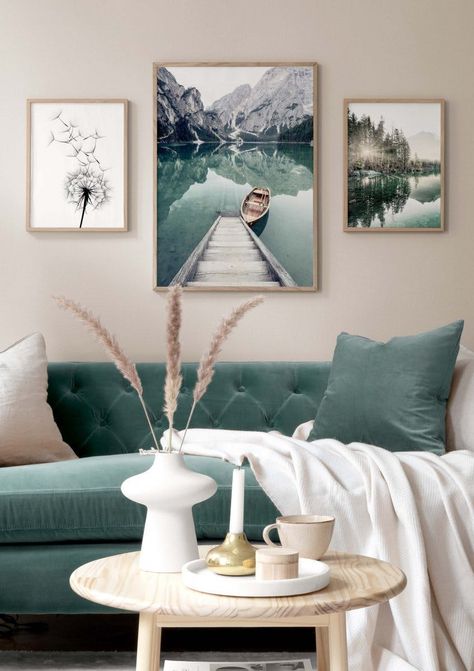

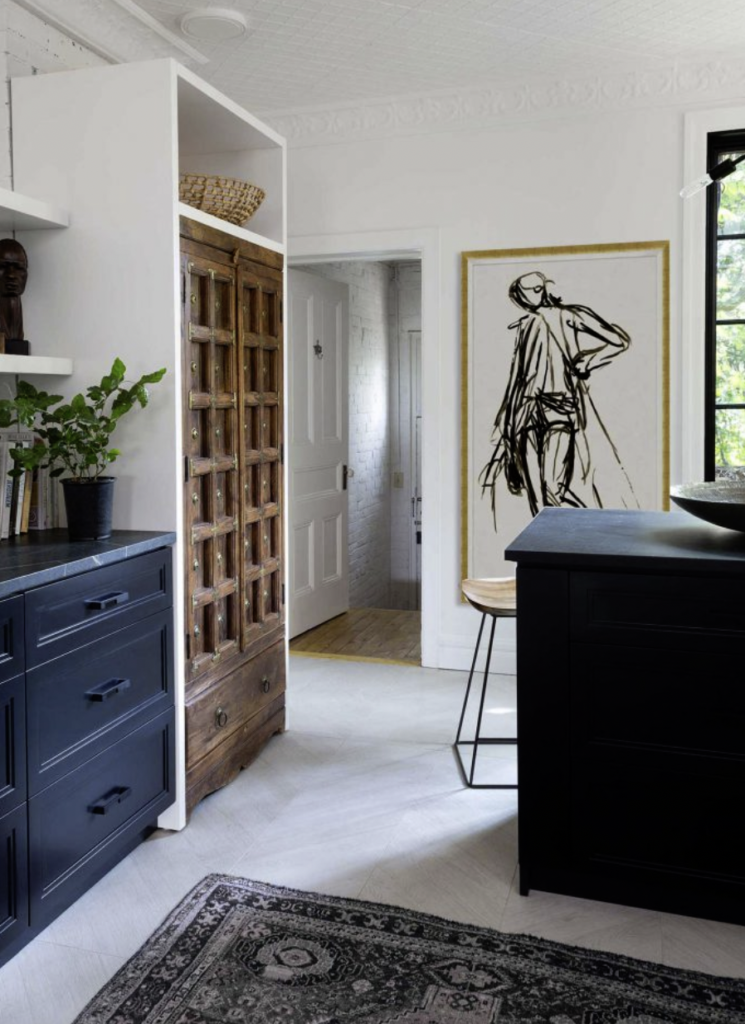
Art can be a great way to add personality and interest to your living room.
Choose pieces that reflect your style and that work with the overall color scheme of the room.
14. Lighting
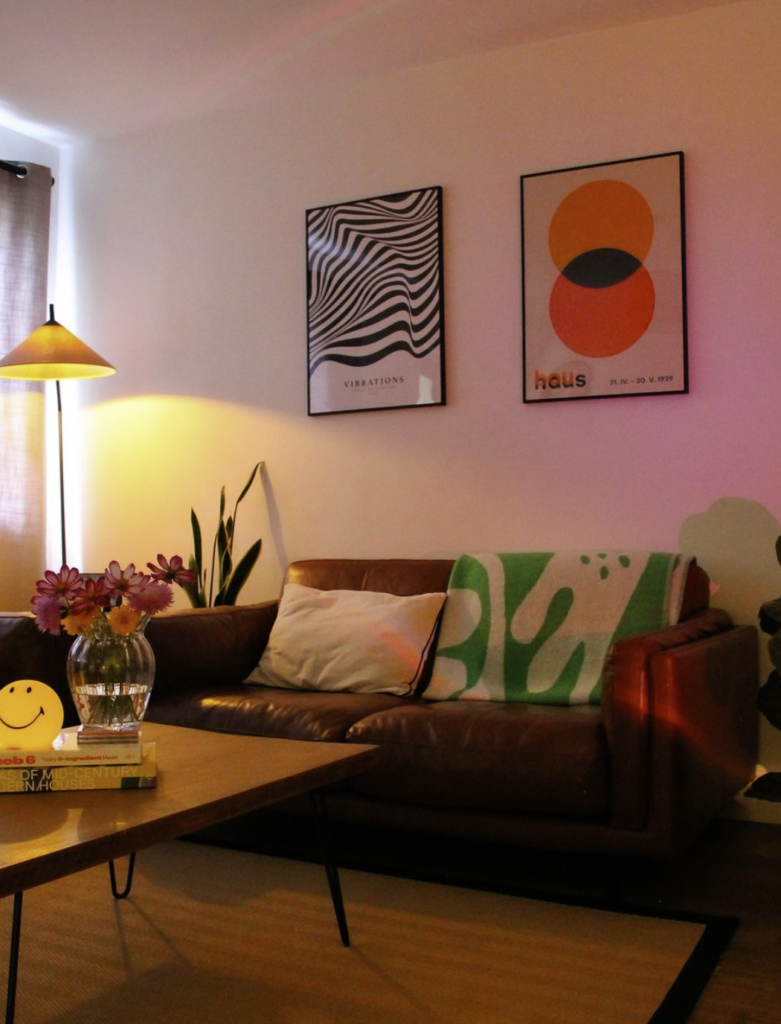
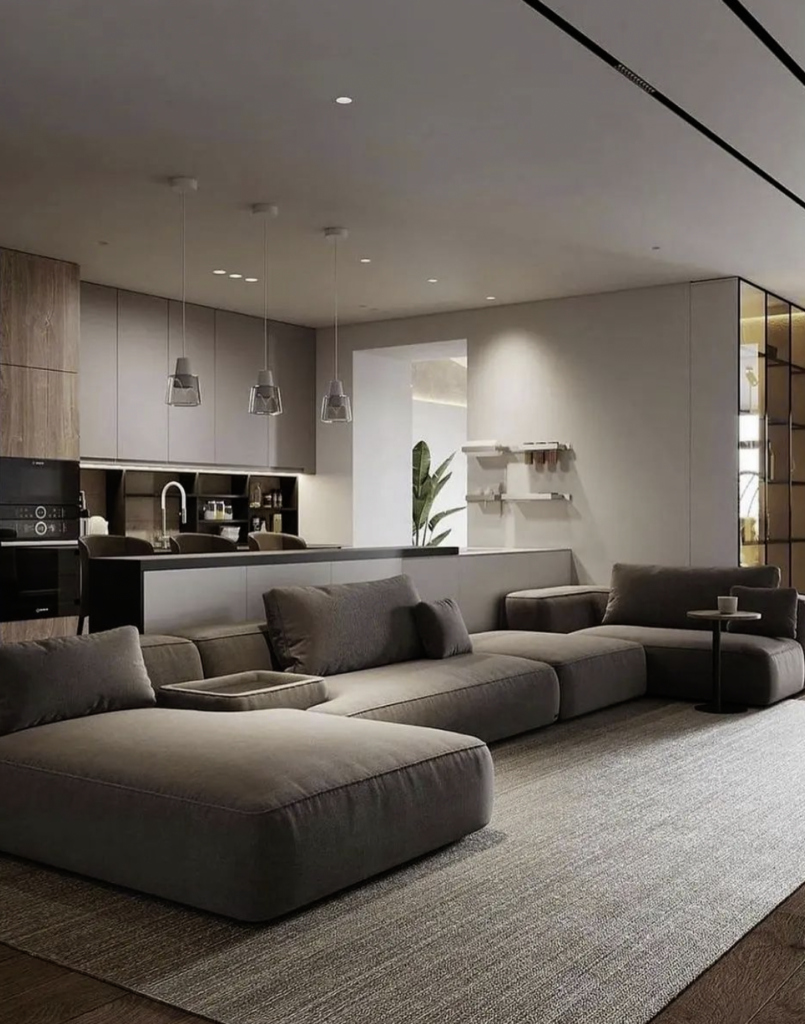
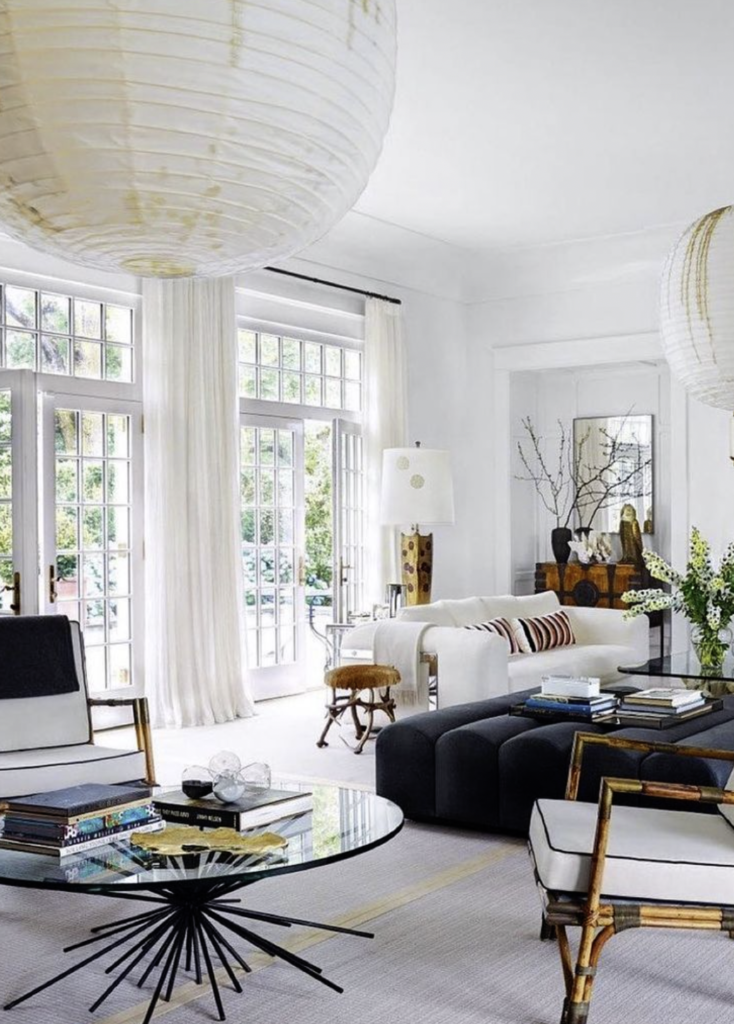

Good lighting is essential in a living room.
It can be used to create different moods and ambiances.
Consider adding a mix of overhead, task, and accent lighting to your space.
15. Accessories

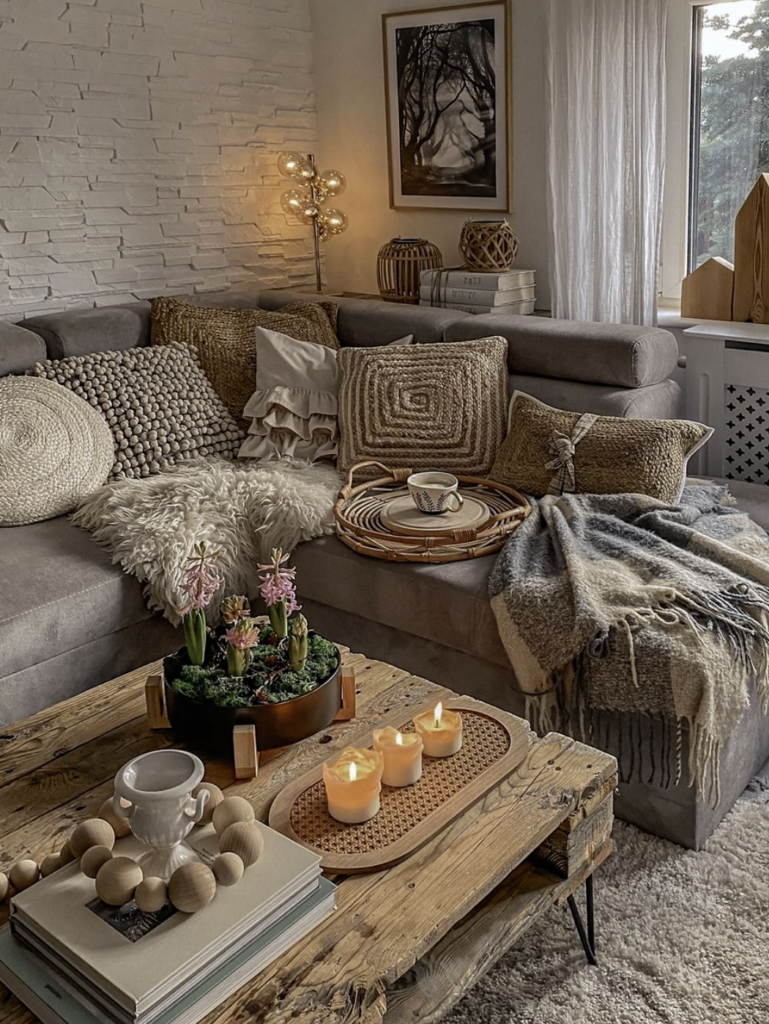
Finishing touches such as decorative pillows, vases, and candle holders can add personality and interest to your living room.
Final Thoughts
Decorating a living room is like solving a puzzle.
You’ve got all these pieces – furniture, decor, and colors.
All you have to do is figure out how they all fit together to create the perfect space.
Moreover, I recommend you get some professional help from an online design service.
And when all that is done, you’ll have a living room that was totally worth the effort.


